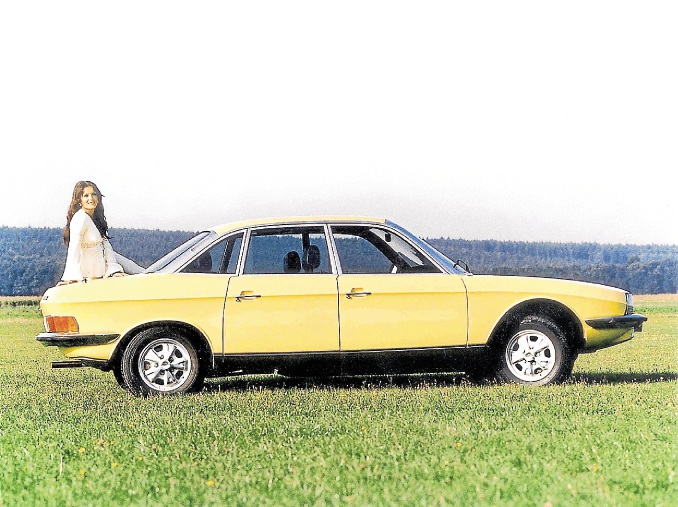IN many ways the NSU Ro80 was to the 60s what the Citroen Goddess was to the 50s. The Ro80 was recognised as a futuristic design when it greeted the public light of day at the end of 1967.
The NSU was regarded as revolutionary more for its use of the Wankel twin rotor engine than for any other single attribute. Soon, argued the critics, maybe all cars will have rotary engines. There are just these few little teething troubles to fix.
NSU had been proud of its decision to purchase the rights to Felix Wankel’s radical engine and the Ro80 was the first production sedan ever to use it. It is fair to assert that the reliability of the rotary engine — mainly the seals — was not entirely secured until the early 1970s.
It was an open secret that the Ro80 was the car either to save or sink the listing NSU company. NSU sank in deep water, but not without trace. Numerous engineers immediately went to work for Volkswagen-Audi, which took over NSU in August 1969. Despite the takeover, NSU was able to persevere with the Ro80 until 1977, when the car was dropped and the NSU name retired into the history books. A total of 37,204 were produced in the course of that decade.
The NSU Ro80 was mercilessly tested for two years. Testing there may have been, but the Ro80 was rushed to market before the engineers were entirely satisfied. They knew there were potential problems with the engine, but management decreed that this, the car to save the company, just had to be put on sale, ready or not.
The Wankel engine proved to be the fatal flaw in a charismatic design.








